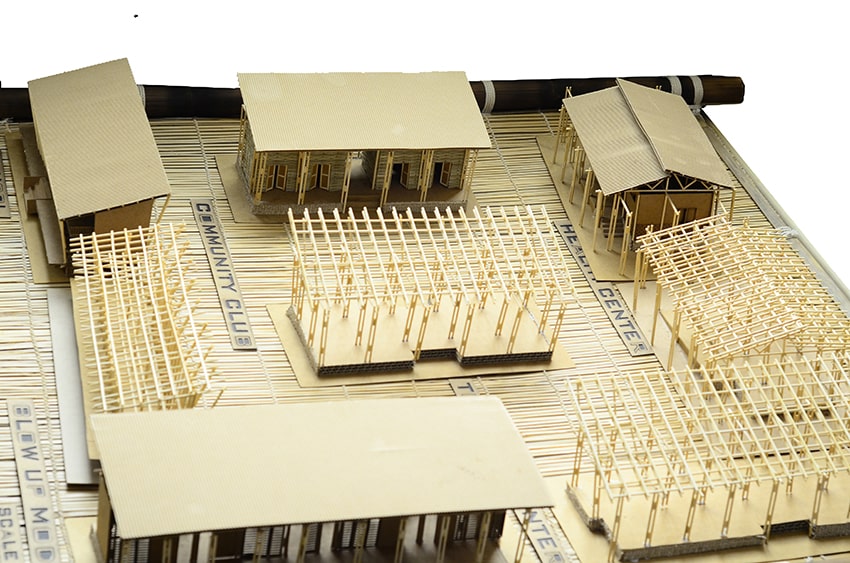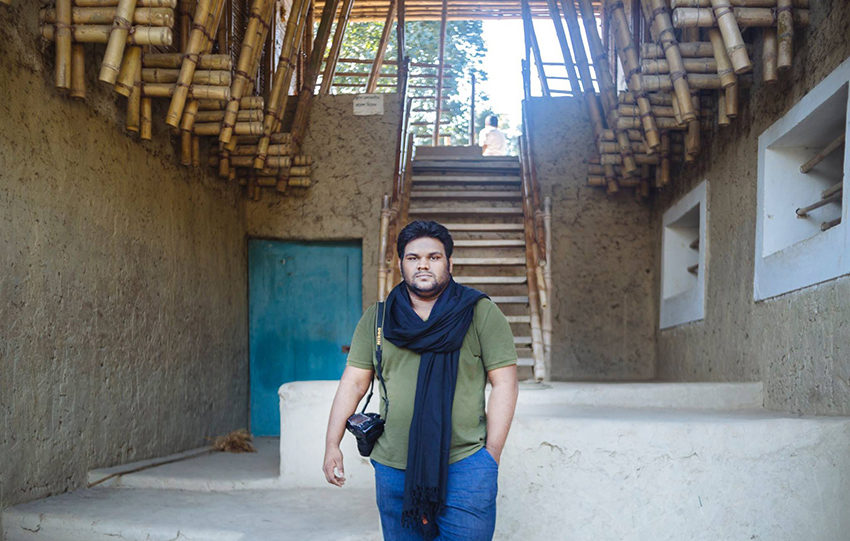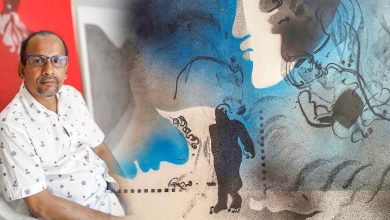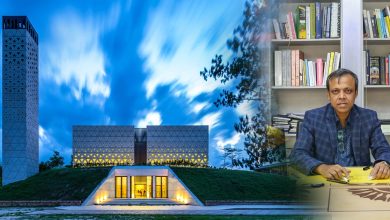Jelepolli – Low Cost Housing Community Development For Fishermen
‘River is our life, river is our death’ – this quote portrays the common lifestyle of the fishermen
community situated beside the riverbank of Bangladesh. With the inception of a ‘Sustainable
fishermen community development by the affected of riverbank erosion’, the project targets the
biggest community, where people are living their lives by catching fish (mainly hilsha fish) and
staying over at the side of the river.
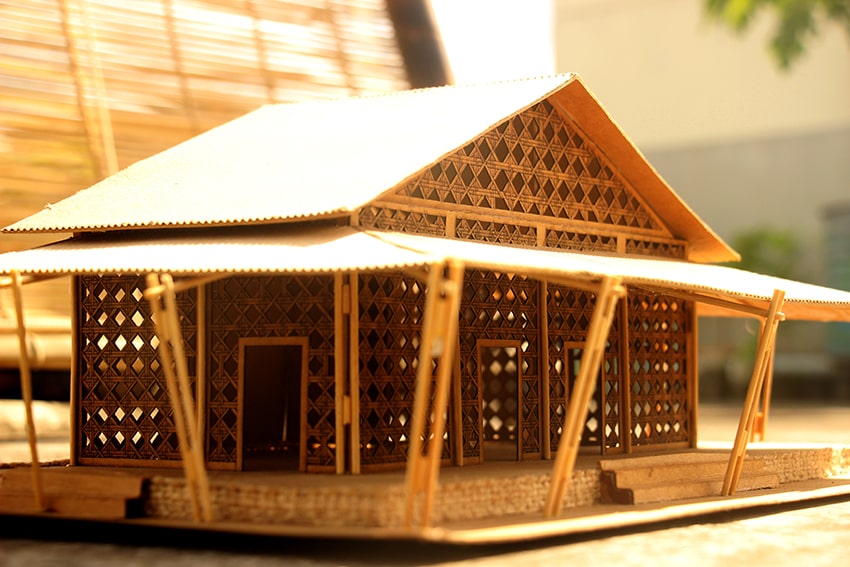
Every year, they are affected by the river erosion and many
lose their living lands. The purpose of this project is to provide that community a better living
solution and also giving them all kinds of facilities.
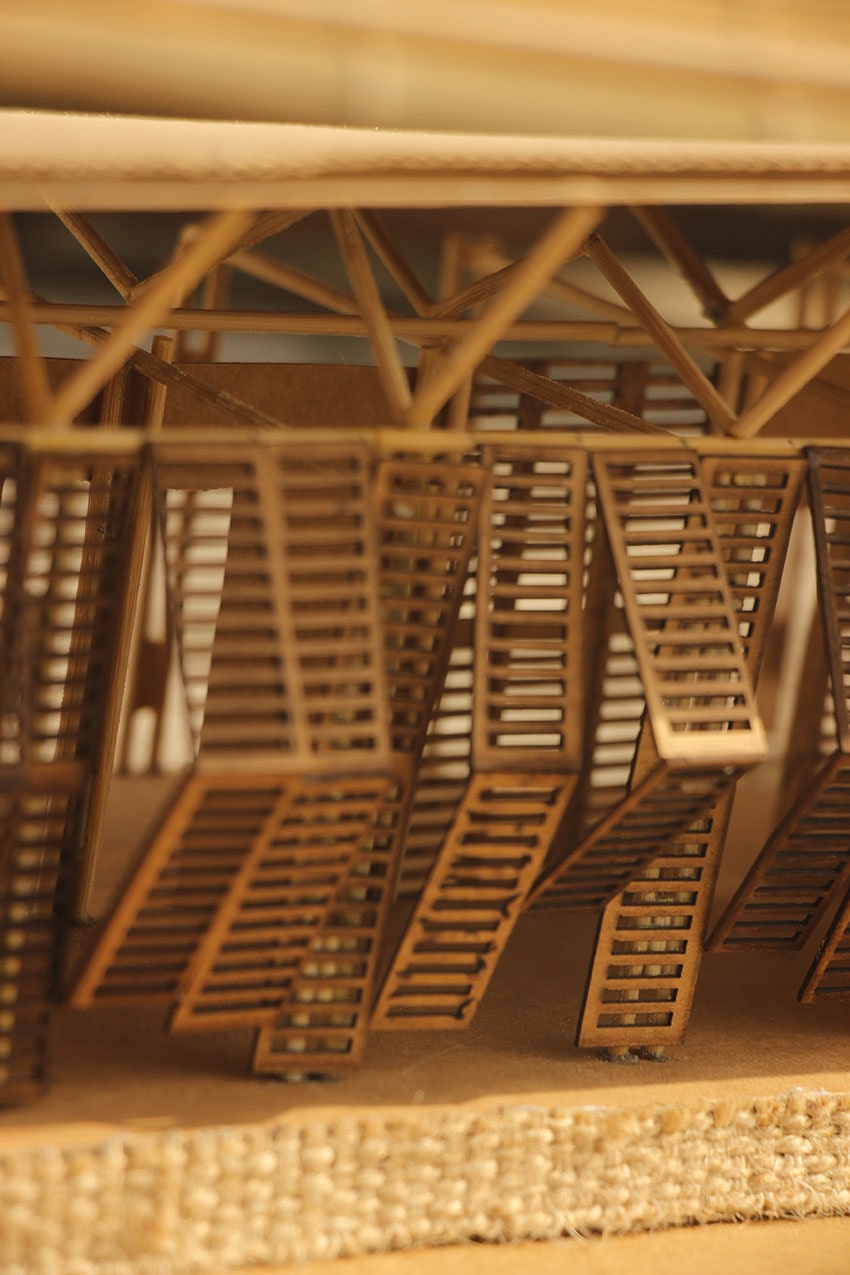
The thesis project was proposed by Md. Nafiul Islam Farazi (Nirjhor), a student from American International University (AIUB). His studio guide teachers for the thesis project were Ashiq Iqbal and Mania Tahsina Taher.
Horina, Haimcharupazilla, Chandpur is one of the oldest fishing communities of Chittagong.
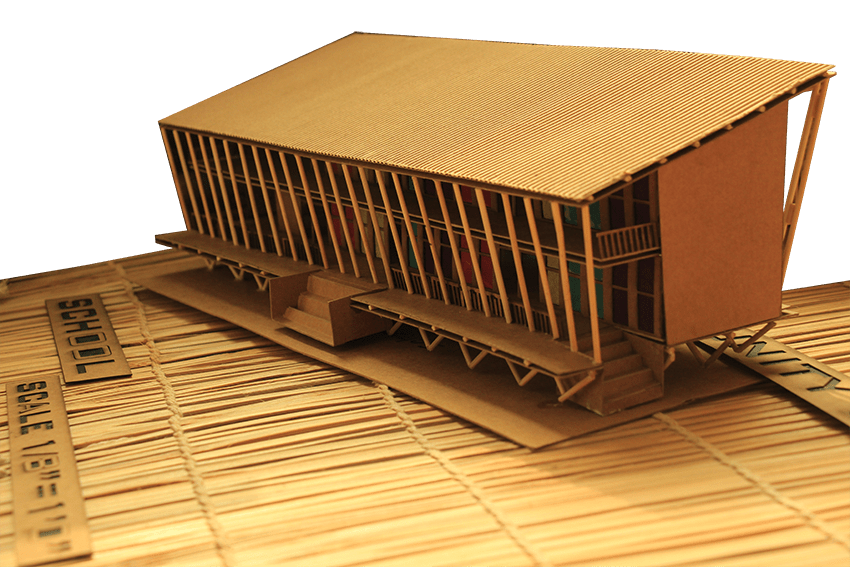
There are 18 fishermen villages here with 10,000 fishermen family. Constantly fighting with natural calamities and extreme poverty, these extra-ordinary fishermen are surviving on their sheer will-power. The living condition of these people is very poor and unhealthy.
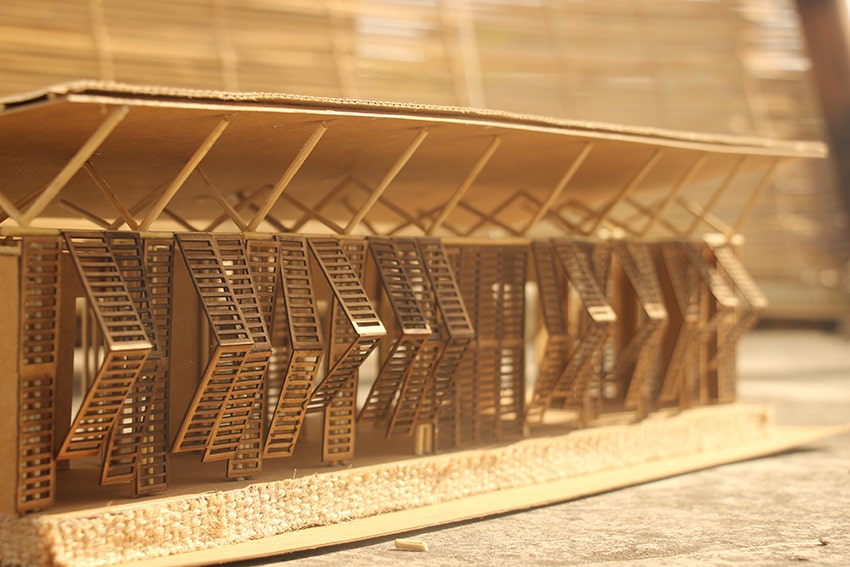
Their houses are not strong enough to protect them against natural disasters. An appropriate housing solution must be derived to provide these deprived hard working people with better living and working spaces. Disaster alertness is also one of the major concerns.
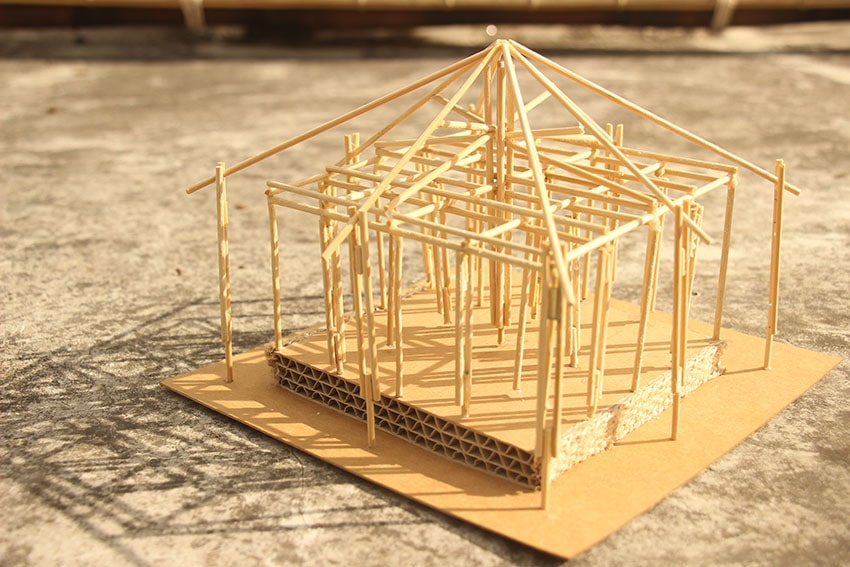
This project is for preserving the traditional fishing communities of Chandpur which is a very important part of our culture and tradition.The government of Bangladesh decides to give the fund to rehabilitate this oldest community of Bangladesh. In the project, there is an accommodation of 100 families with all facilities.
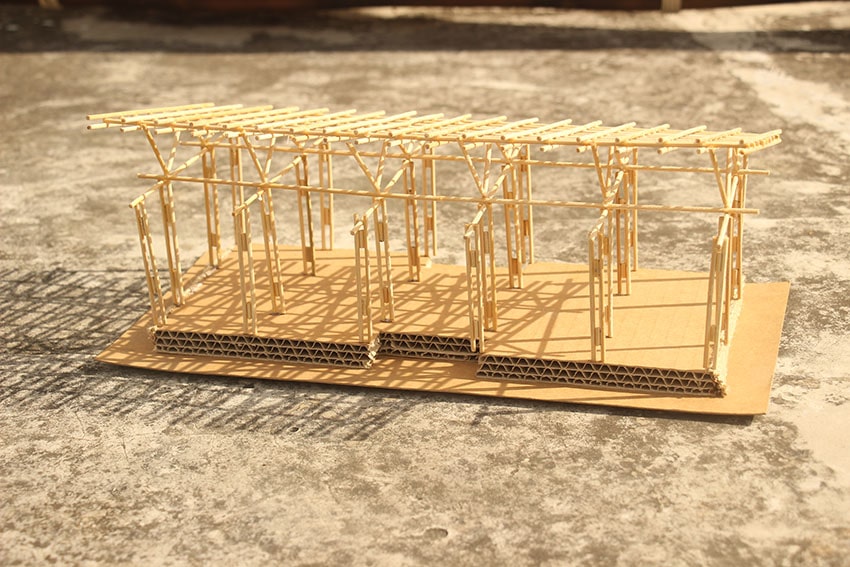
Mainly average fishermen are Hindu in religion but here, most of the fishermen are Muslim. The project comprises of school, mosque, health center, training center, community club, celebration space, boat making and anchoring space, bazar, playground etc. There are 3 house types in the community.
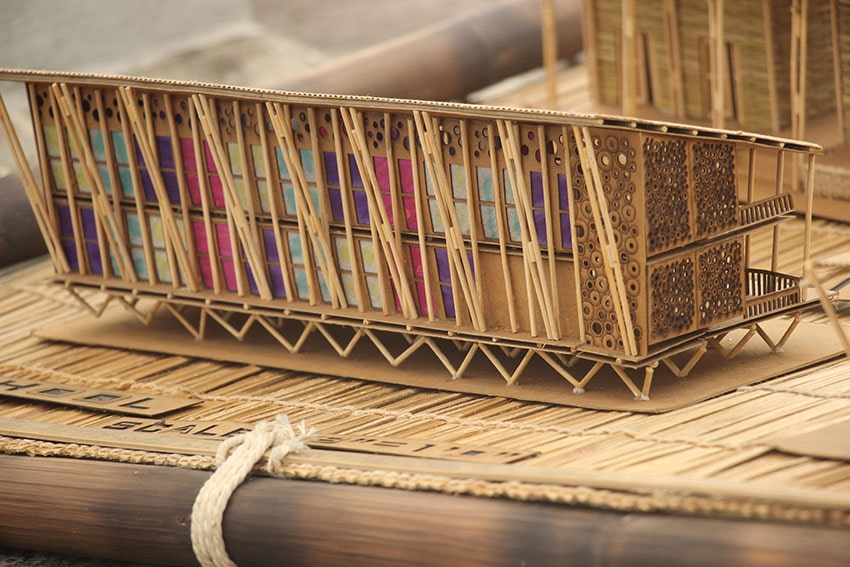
These houses are interconnected with each other by following the chain of family member. Portable dwelling units can offer a solution, as the dwellers can dismantle their houses and move to others place where they are safe from the river.
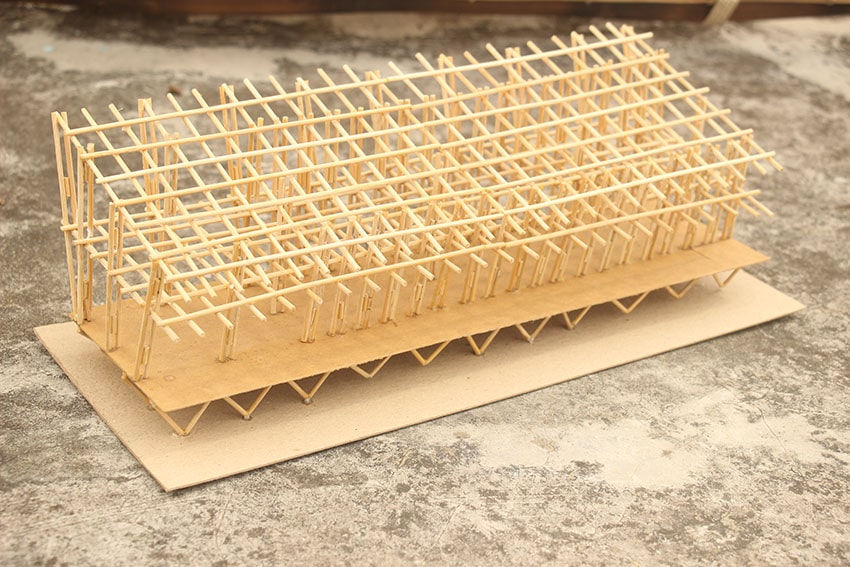
A modular structure gives the users the opportunity to make their houses. Bamboo, rope, cement sheet are used as the primary materials.
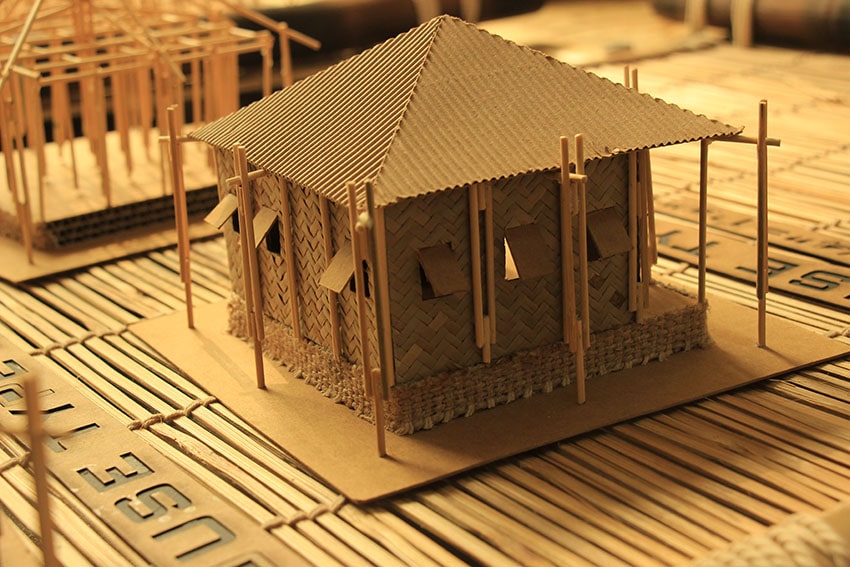
The techniques of the bamboo structure are common for local people because they can easily build their houses. Sustainable construction knowledge will disseminate among the users as well as a sense of belonging. The services (kitchen, toilet, pond, courtyard, tube well etc.) are common for the families.
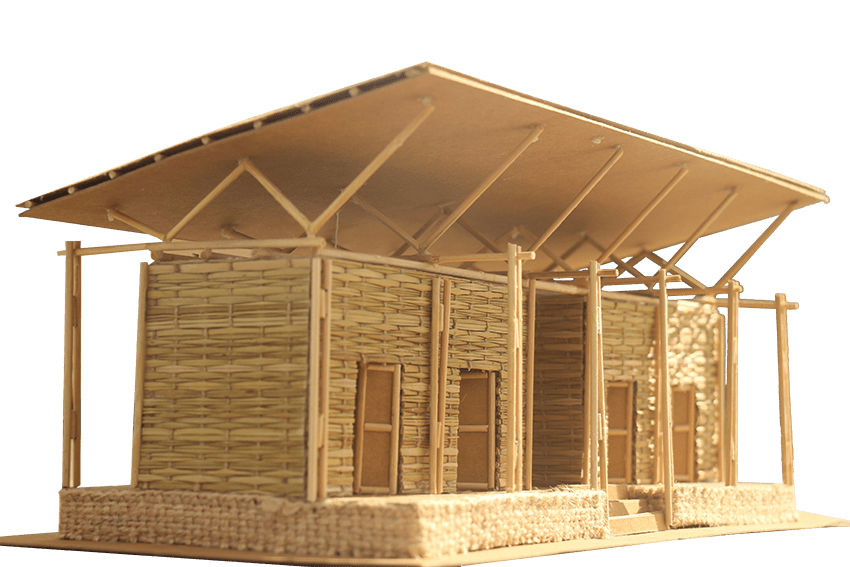
The ultimate aim was to realize a cost effective design solution by reducing the cost of building materials and houses and also involving the community in the building process. In most of the spaces, there are uses of bamboo in different ways because of its easy availability.
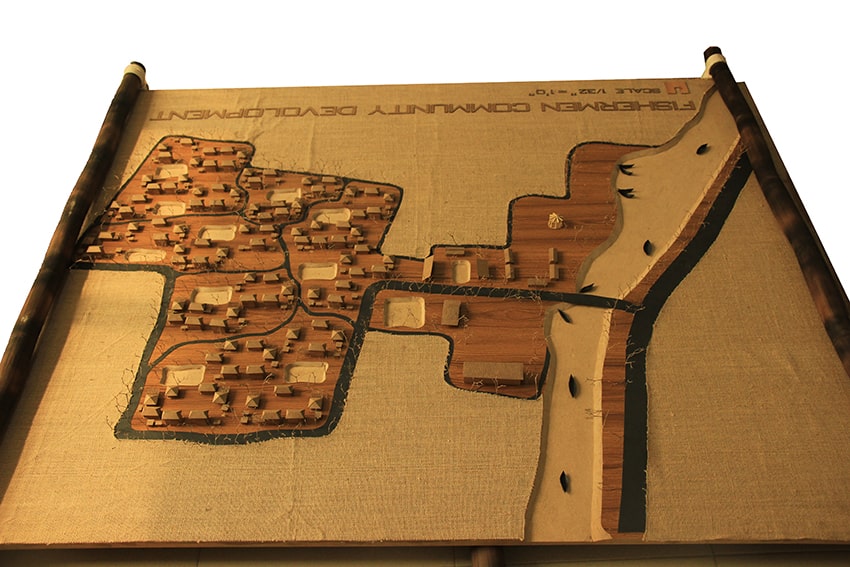
Every year, 500,000 people migrate into Dhaka city, so this is the right time to save this type of community by rehabilitation. At the same time, securing fishermen community also ensures that we are
saving our river and fishes for enriching the fishermen community.
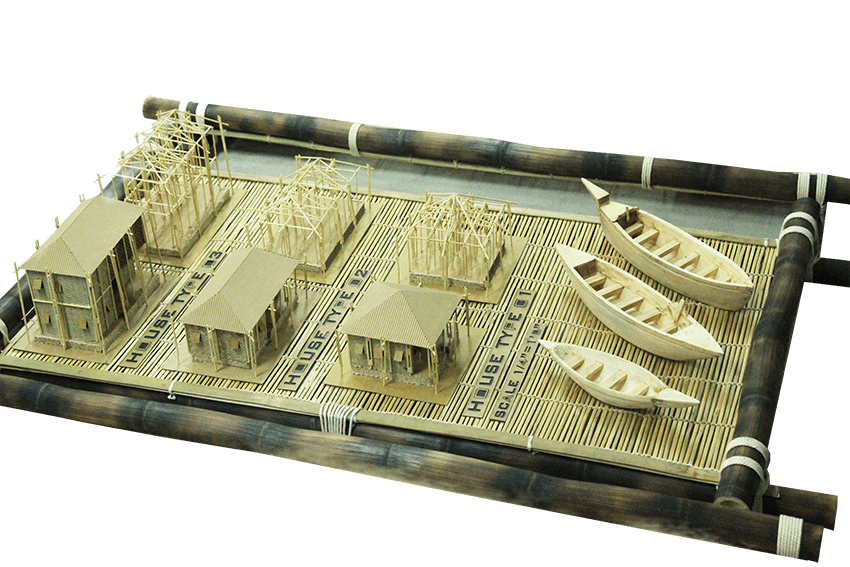
This is not about architecture, this is about an attitude and an attempt to speak for the muted and muzzled voices.
